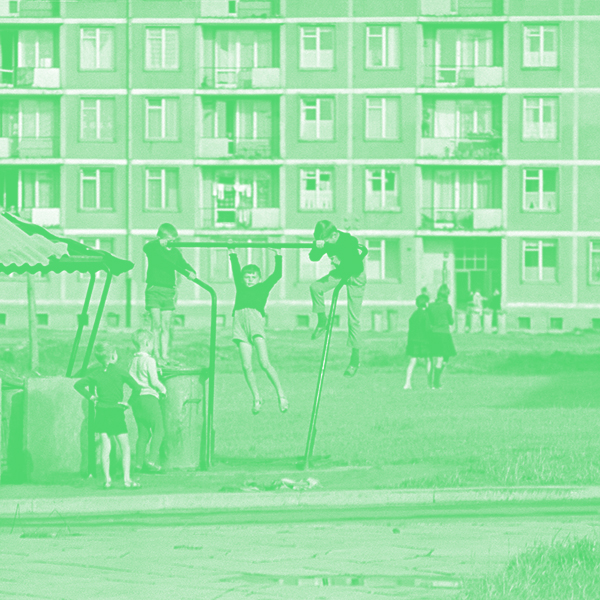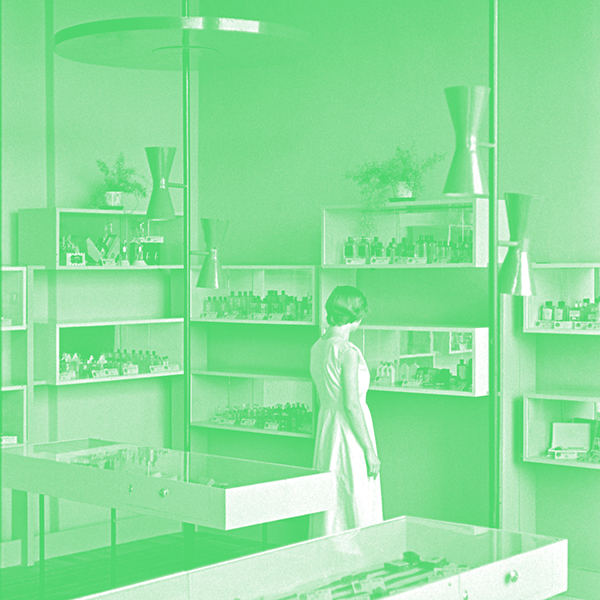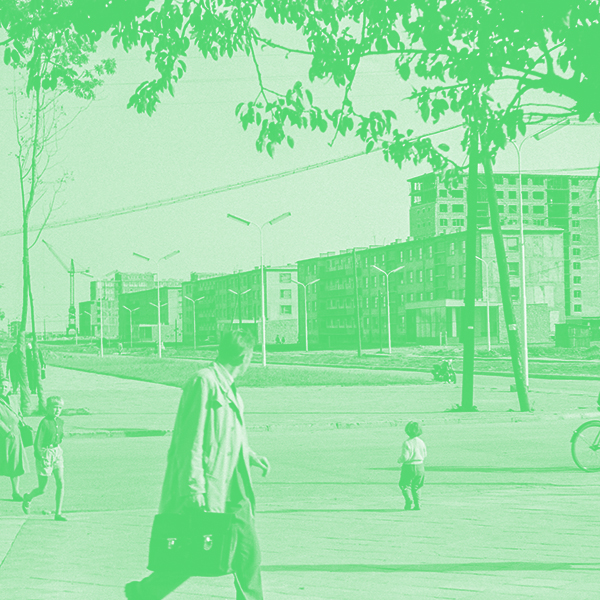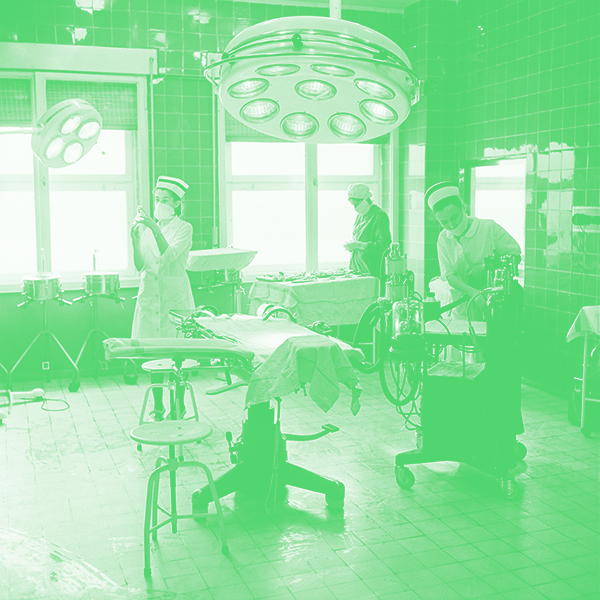 Michał Cała
Michał Cała
He was born in Toruń in 1948. After graduating with a degree in Mechanical Engineering from the Warsaw University of Technology, he moved to Tychy, where he lived from 1977 to 1995. He was a member of the KRON Photographic Club operating in the city. His work focused on photographing the urban landscape and industry of Silesia. He has been a member of the Union of Polish Photographic Artists since 1983. He has received scholarships from the Ministry of Culture and Art (1983) and the Ministry of Culture and National Heritage (2013). Ranked among the one hundred most important Polish
photographers active in the C20th, he exhibited his work as part of the exhibition "Polish Photography in the 20th century" (2007). He currently lives in Bielsko-Biała.
Silesia owes him a unique photographic profile in the form of two photographic series 'Silesia' (1978-1980) and "Silesia and Dąbrowa Basin" (2004-2012), which are not only 30 years apart, but above all mark the boundary between power and decline. While the former series shows "the monumental and rough beauty of mine heaps and fuming smelter and factory chimneys, as well as the working class estates nestled in their shadows' (Maria Lipok-Bierwiaczonek), the post-2000 photographs are a record of the destruction and deformation of the former landscape, and a way of elegising the declining Silesia.
The artist donated to the Museum about 65 Tychy-themed photographs and fragments of his 'Silesia' series. Both collections include positives and digital images.
 Andrzej Czyżewski
Andrzej Czyżewski
He was born in Warsaw in 1930. He graduated with a degree in Architecture from the Wrocław University of Technology. In 1958, along with wife Maria, he won a nationwide competition for the design of a Tychy church, following which the couple moved to Tychy and began working on the design of new housing estates as part of a team led by urban planners Kazimierz and Hanna Wejchert at Miatoprojekt Nowe Tychy. He designed independently or jointly with his wife, a number of residential, public and religious projects, including the Secondary School of Building Technology, a special school, Housing Estate W, several high-rise buildings in the city centre and St. Hedwig's Church.
He has been involved in photography since his early years and has ‘since always’ photographed the architecture of the city and the changing spaces of the city's subsequent housing estates D, E, F, M, N, O, K, W.
From the 1960s to the 1980s, he took a keen interest in observing and recording social life. He photographed people in the streets, at large events, on their way to and from church, at book fairs and sports competitions. His photos also depict backyard scenes or children playing in abandoned building sites.
His earliest black-and-white photos were taken with an analogue, small-format Exa camera, while the 6x6cm ones were shot with a Practisix SLR camera. He personally developed his negatives and made positive prints on photographic paper in his home darkroom.
Between 2005 and 2012 he donated about 400 photographs to the Museum in the form of positives and in digital form. In 2018, (following Andrzej Czyżewski's death in 2016), his family also donated a fragment of his photographic collection in the form of black-and-white negatives.
 Stanisław Kasperowicz
Stanisław Kasperowicz
He was active in the 1950s and 1960s within an investment company known as the Directorate for Workers' Housing Estates Construction in Tychy, whose name, following several transformations, was modified to the Directorate for the Construction of the City of Tychy (1958), and the Regional Directorate for Municipal Investments (1966).
Stanisław Kasperowicz documented the construction of the first residential buildings in Housing Estate A, built from 1951 to 1954. In the following years, he went on to photograph the construction of Housing Estates B and C, local architecture and spatial design, the social life of local residents, genre scenes and important local events, such as celebrations marking the consecration of the site for the erection of St. John the Baptist Church. He continued documenting the history of the city until about 1965.
Before leaving Tychy, he gave Zygmunt Kubski a collection of black-and-white negatives created in the years 1951-1965 on photosensitive material (nitrocellulose). In 2005, the Museum acquired a collection of about 200 of his photographs.
 Ireneusz Kaźmierczak
Ireneusz Kaźmierczak
He was born in 1955 in Oleśnica, where he graduated from the Teacher Training Technical College. He has been passionate about photography since secondary school. In the 1980s, he worked as an automotive assembly technician in the Passenger Car Company and was also involved in documenting in-company events. Over time, he became a full-time photographer. He is a member of the Silesian Branch of the Association of Polish Photographic Artists.
Ireneusz Kaźmierczak portrays small communities in notable moments,everyday life, and city scenes. Not only has he captured the historic concerts of international music stars in Katowice's Spodek Arena and over three decades of the Silesian Guitar Autumn Festival in Tychy (1986-2018), but has also documented many other events, such as Labour Day parades, the Passenger Car Company strike, and the funfair's arrival in one of Tychy’s housing estates. His photographs (as he himself declares) often show things that are no longer around – countries that have been erased from maps, objects that have disappeared from everyday use. On the other hand, he is interested in the emotions that remain universal – the joy of everyday life even during the communist times, or the superhuman effort of an athlete reaching the finish line of a marathon. He has received numerous awards, including those for his sports and documentary photographs.
In 2018, the Tychy City Museum came into possession of 70 Kazimierczak’s photographs documenting the city in the 1980s.
 Zygmunt Kubski
Zygmunt Kubski
He was born in 1921 in Trzemeszno, Greater Poland Voivodeship, and died in 2008 in Tychy. After WW2, he moved to Szczecin to work for the local Municipal Construction Company, from which he was transferred to Tychy in 1954 to work for the newly established Municipal Construction Group – Nowe Tychy. Following several transformations over the years, the company was renamed in the 1970s as General Construction Combine GOP-South, and this was the company Kubski worked for until his retirement in 1981.
Zygmunt Kubski and his family settled down in Tychy's Housing Estate B. From 1954 to 1989, he documented the construction of several Tychy housing estates, e.g. B, C, D, E, F, H, M, O and W, including site organisation, implementation of new technologies, construction machines and equipment, training, construction and transport facilities, barracks housing and land development. He often focused on portraying builders, their hard labour and the their working conditions. He recorded the changing spatial layout and architecture of the city, the social lives of its residents, cultural events and phenomena, as well as local and national ceremonies.
He created a unique collection of history-themed and everyday-life photographs by recording images on black-and-white photographic film, which he personally developed and exposed in his home darkroom. The collection of photographs (positives and black-and-white negatives) totalling about 4500 items was donated to the Museum in 2015 by his family.
 Marek Nowicki
Marek Nowicki
He was born in Warsaw in 1935. He studied at the Cinematography Department of the Film School in Łódź, where he also served for many years as lecturer, vice-dean, and vice-president. He has won numerous awards and distinctions. As a camera operator, screenwriter, and director, he collaborated on documentaries and feature films, including 'Rejs', 'Chłopi', and 'Rodzina Połanieckich'.
While visiting Tychy (most probably) in the spring of 1960, as part of a project for the Polish Film Chronicle, he took a series of photographs bordering on documentary photography and photographic essay. The photos present the landscape of Housing Estate C, fragments of Estates D and E still under construction, the surviving Stare Tychy buildings by the Tychy Brook, and the terraced house in Norwida Street. With his camera, he also visited the the Vocational School of Home Economics at the Secondary School of Brewing Technology. He took some unique photographs of the 1958-consecrated St. John the Baptist’s Church, including the church’s interior, structural elements, architectural details of the décor,and the chancel, skillfully capturing its austere character.
He broadened the Museum's collection by donating 95 photographs in the form of black-and-white negatives.
 Krzysztof Pilecki
Krzysztof Pilecki
He was born in Nowiny in 1958. He is a member of a number of photographic associations, including the Silesian Branch of the Association of Polish Photographic Artists, the KRON Photographic Club in Tychy, and the Katowice Photographic Society. From 2008 to 2018, he led a traditional and digital photography studio at the Radio and Television Faculty, University of Silesia in Katowice. He is currently involved in secondary education, teaching photography at the Technical and Business School Complex in Bielsko-Biała.
He has been active in photography since 1972, working within the Tychy and Silesian photographic community. He is particularly interested in landscape and scenic photography (mostly in Silesia), sociological and social photography, as well as commercial photography. From 1992 to 1995, he was a lecturer in photographic art at Katowice's Academy of Fine Arts.
He donated 200 digital photographs to the Museum's collections.
 Zygmunt Wieczorek
Zygmunt Wieczorek
He was born in Katowice in 1938 and became a press photojournalist out of his passion for photography. He spent forty years working for Dziennik Zachodni and Trybuna Robotnicza, which in those times served as communist propaganda newspapers. Zygmunt Wieczorek’s and other photojournalists’ duties involved documenting the communist party's successes, including growing towns and villages, as well as capturing everyday lives of their residents. It is thanks to them that many documentary (though some retouched and photomontaged) photos have survived, including photo coverages of party congresses held in Silesia, genre scenes with smiling residents, and photo stories with clearly defined messages. Zygmunt Wieczorek continued to work with the camera after 1989, giving testimony to the political and social changes following the collapse of communism.
In the 1970s, he created a series of photographs depicting Tychy architecture, local ceremonies, visits by prominent state and party officials, industry developments and sporting events.
The Museum's collection includes about 60 photographs in digital form, which were donated by the photographer in 2013-2014.